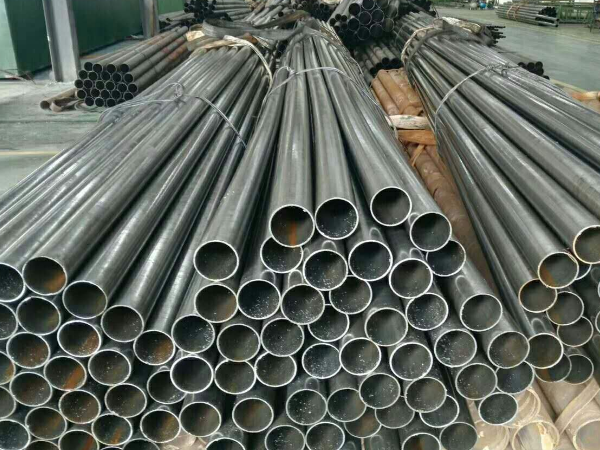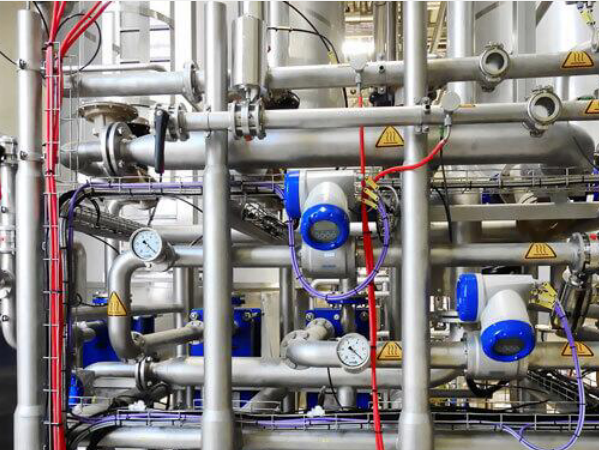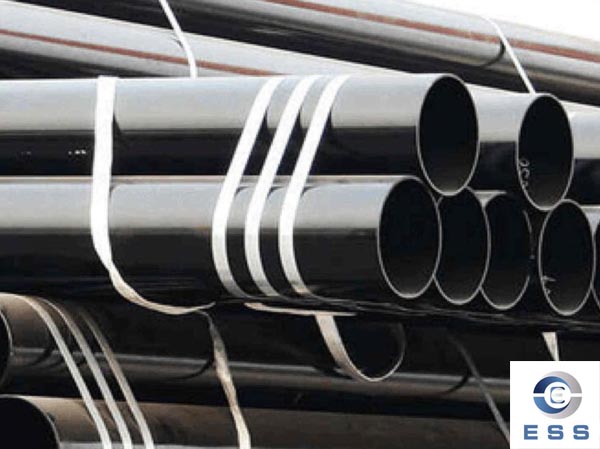What are the common long-distance gas pipelines?
(1) The pipeline from the gas gathering station of the oil and gas field to the urban gas distribution station or from the gas compressor station of the oil and gas field to the urban gas distribution station.
(2) The pipeline from the gas gathering station of the pit mouth coal gas plant to the repair station of the city or industrial base.
(3) The pipeline from the primary pressure regulating metering station of the natural gas transmission trunk line in the adjacent city to the urban gas distribution station.
(4) Pipelines from artificial gas plants, coking plants, petrochemical plants, oil refinery gas gathering stations or mine gas transfer stations to urban storage and distribution stations in adjacent cities.
What are the methods of gas pipeline inspection?
Gas pipelines need to be inspected regularly to avoid gas leakage due to corrosion or external damage. The main methods of gas pipeline inspection are:
1. Seamless steel pipe pressure test
When testing the pressure of the indoor gas pipeline system, you can connect a U-shaped pressure gauge to the gas cock valve, close the inlet valve, and observe the readings of the pressure gauge. If the water column drops, it means that there is a leak; or open the inlet valve and feed the gas. Use the method of brushing soapy water to check whether the joints, flanges, valves, and gas meters are leaking, so that the leak point can be found very accurately.
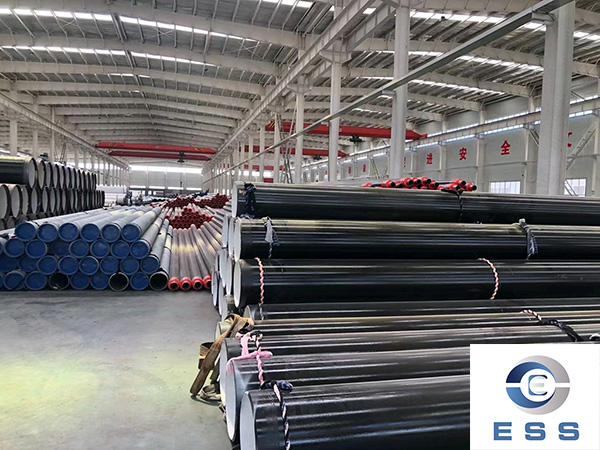
2. Punching holes to check for leaks
Along the direction of the gas pipeline, drill a hole on the ground at a certain distance, and check it with the detector. If there is any abnormality, continue to drill holes within the distance range, and judge the accuracy by the intensity of the smell and the index of the detector. Leak point, and then to search for repairs.
3. Deep digging
Dig a pit at the position of the pipe or joint to expose the pipe or joint and check for leaks; if the pipe passes through the roadway and sidewalk, a pit should be drilled on the roadway.
4. Blocking the ball and checking for leaks
First drill 3 holes on the pipe section with suspected leaks (both sides are ball holes, the middle is a pressure hole, and the suspected leak point is between the two ball holes), and then put one end of the pressure measurement hose from the pressure measurement hole. The hole extends into the leak detection pipe section between the two balls, and then a ball is fed into each of the two ball loading holes, and each is inflated and sealed to form a closed space in the pipe section to be tested.
The pressure change of the measured pipe section can be known through the pressure measuring rubber hose and the U-shaped pressure gauge. In case of pressure relief, you can also inflate the closed pipe section with air (inert gas such as ammonia gas) to increase the pressure through the rubber hose, and observe the pressure change. Do trial and error until you identify the leak. If the pressure is stable during the test, it can be confirmed that the air leakage point is not in the pipe section between the two balls, and you should continue to drill holes and block the ball to search for it in the same way.
How to maintain the gas pipeline?
Pipelines require regular inspections, inspections and maintenance, including internal cleaning of pipelines and signal detection of gas leaks. The integrity of pipelines and related equipment is the most concerned content of the pipeline industry.
The most important cause of pipe ruptures is mechanical damage. Heavy construction equipment can groove pipe lines, scratch pipe coatings, nick metal pipes, or deform pipes, and such mechanical damage is unavoidable. It is impossible for pipeline companies to monitor every part of the thousands of miles of pipeline, and it is difficult to ensure that people are not digging near the pipeline. Many plumbing industry safety regulations require that underground pipes be mapped and their location marked to warn people away from them.
Corrosion is another serious problem threatening the pipeline industry. Corrosion is an invisible enemy and is difficult to detect and pinpoint until definitive damage has occurred. Corrosion of metal pipes occurs when surface water or other factors cause an electrical difference between the pipe and the surrounding soil.
Corrosion damage has many manifestations, such as the formation of corrosion pits or cracks on the surface of the pipe. One cracking phenomenon called stress corrosion is particularly difficult to detect and can be dangerous if not corrected. To reduce corrosion, pipeline companies go out of their way to install electronic devices called cathodic protection systems, which prevent electrochemical reactions between pipes and surrounding materials.
There is also a kind of pipeline damage - the original coating of the pipe is damaged. Once the pipe is buried in the ground, a small damage can develop into a big problem.
Guan Qing
There is a well-established method of testing the integrity of a pipe - evacuating the pipe with gas and pumping it back up with water to create high pressure (a "hydrostatic" test). But obviously, this is a time-consuming and expensive method. In order to avoid unnecessary hydrostatic inspections, the pipeline industry has developed various methods for detecting internal damage in pipelines, the most important of which is an installation and maintenance tool called a "pipe pig". It's a device that goes through pipes and produces a special scream.
The earliest pipe pigs worked on the principle of pistons, they were pulled into the pipeline to clean out dirt and corrosion products, they pulled in a straight line at some selected points. If not pulled out of the pipe, these pigs increase friction and reduce the flow of gas. Corrosion debris from end-of-pipe (“downstream”) equipment can also cause wear, such as damage to meters and regulators. Currently, this type of pig is still in use.
People have designed a "smart" pig, which can be used together to detect the internal state of the pipeline that may cause damage. These pigs are connected to a computer to more precisely detect problem areas. Some pigs also have instruments that measure the thickness of the pipe's inner wall. This can indicate where the metal has corroded away. Some pigs are also used to detect structural anomalies inside pipelines.
However, many older pipe walls are smaller in diameter due to buildup, which prevents the passage of flexible computer-controlled pigs. Some pipelines also have corners that are difficult for pigs to navigate. The pipeline industry is developing a clever "stretchable" pig that can crawl through small-bore pipes by itself and flexibly enter and exit various bends inside the pipeline.
Crack detection
Gas leaks in pipelines can be detected with instruments similar to those used by natural gas distribution companies. But because gas pipelines are so long, many crack detections are done by airplane. Aerial inspections can see large patches of yellow vegetation that characterize the drying effects of the gas leak. From the plane, people can also see areas where the surface has been washed, where buried pipelines may be exposed, and any construction activity that may damage the pipeline can also be observed from the plane.
Pipeline repair
After the damage and leakage of the pipeline and the location have been determined, the traditional repair method is to scrape off the coating of the pipeline, cut off the damaged part, and then replace it with a new section of pipe. This method requires temporarily stopping the gas transmission in the pipeline. Conversely, a piece of metal can be wrapped around the damaged pipe and welded in place. In this process, although the pipe can continue to be used, the welding operation can cause problems such as cracking and deformation of the welded part.
The natural gas industry already uses an inexpensive technique for repairing steel sheets. Instead of using steel sheets, this technique uses a glue-based welding material made of fiberglass. This technique is quicker and cheaper than welding steel sheets, and can provide a very safe and strong restoration.









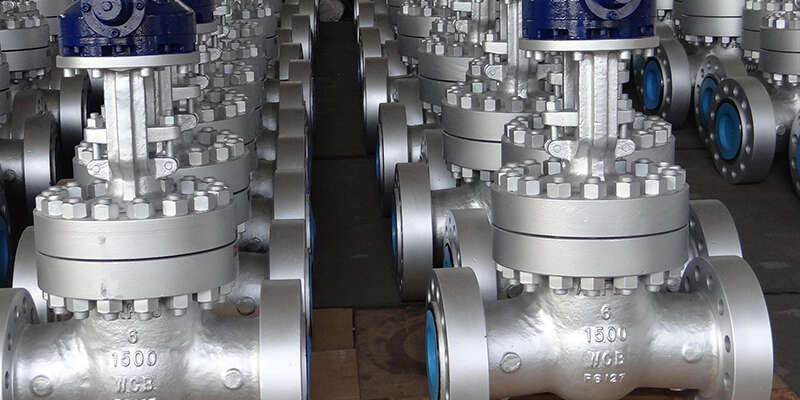
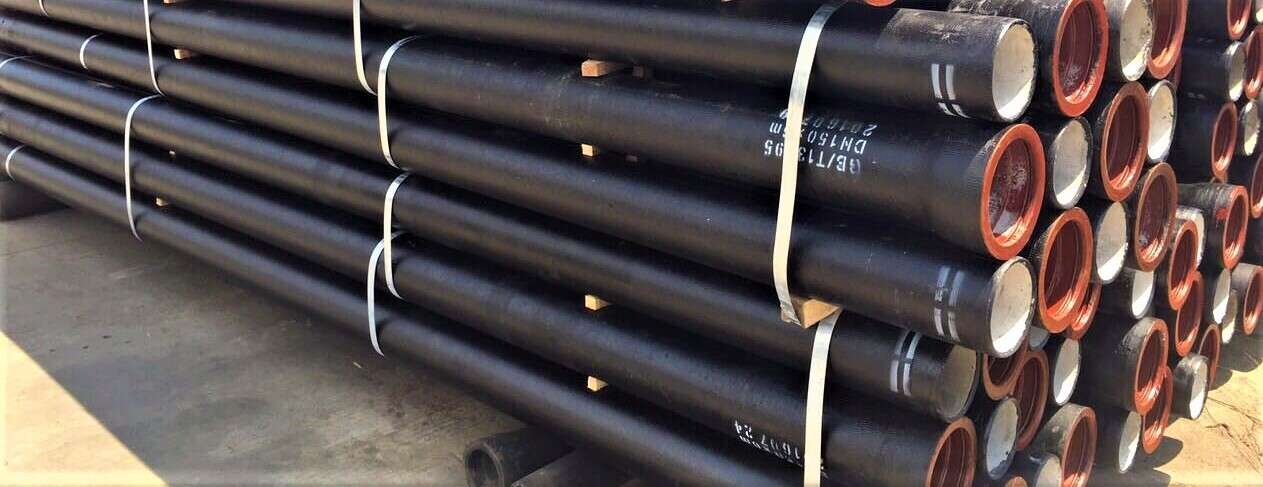


 Eastern Steel Manufacturing Co., Ltd no solo mejora la producción de productos y los servicios de venta, sino que también brinda servicios adicionales de valor agregado. Siempre que lo necesite, podemos completar sus necesidades específicas juntos.
Eastern Steel Manufacturing Co., Ltd no solo mejora la producción de productos y los servicios de venta, sino que también brinda servicios adicionales de valor agregado. Siempre que lo necesite, podemos completar sus necesidades específicas juntos.







